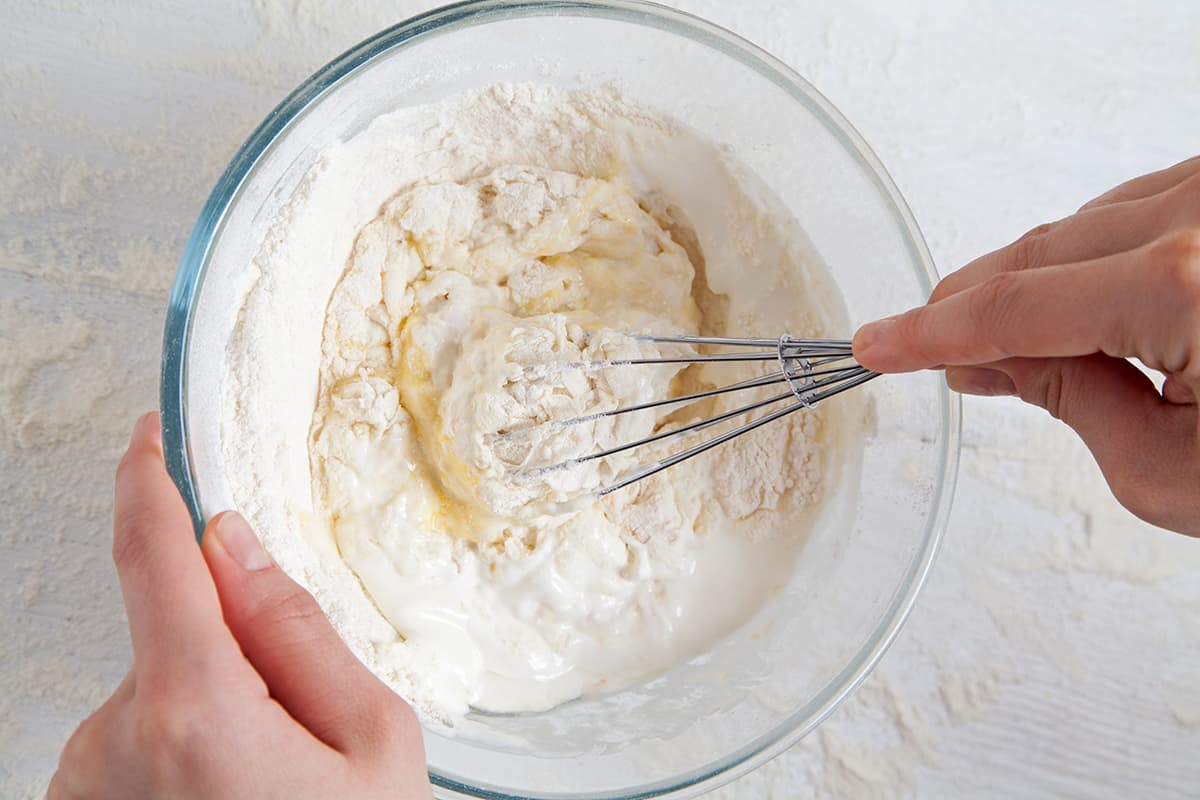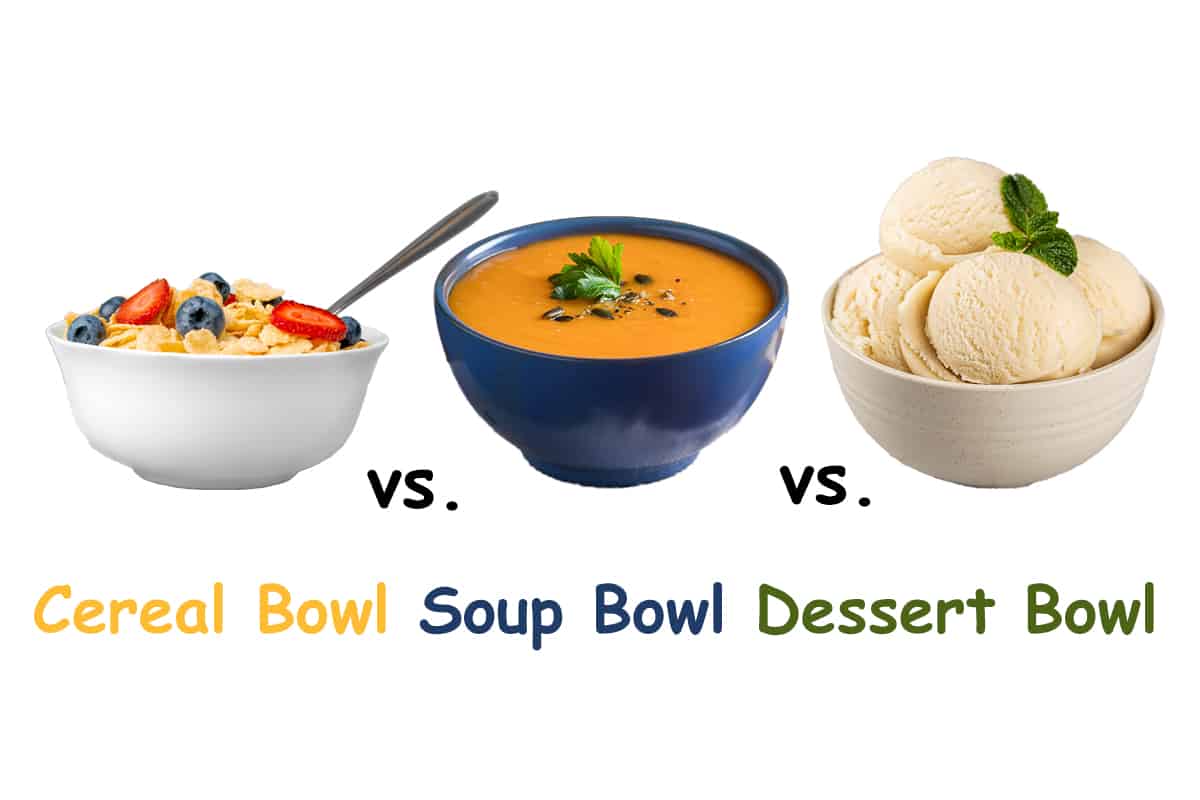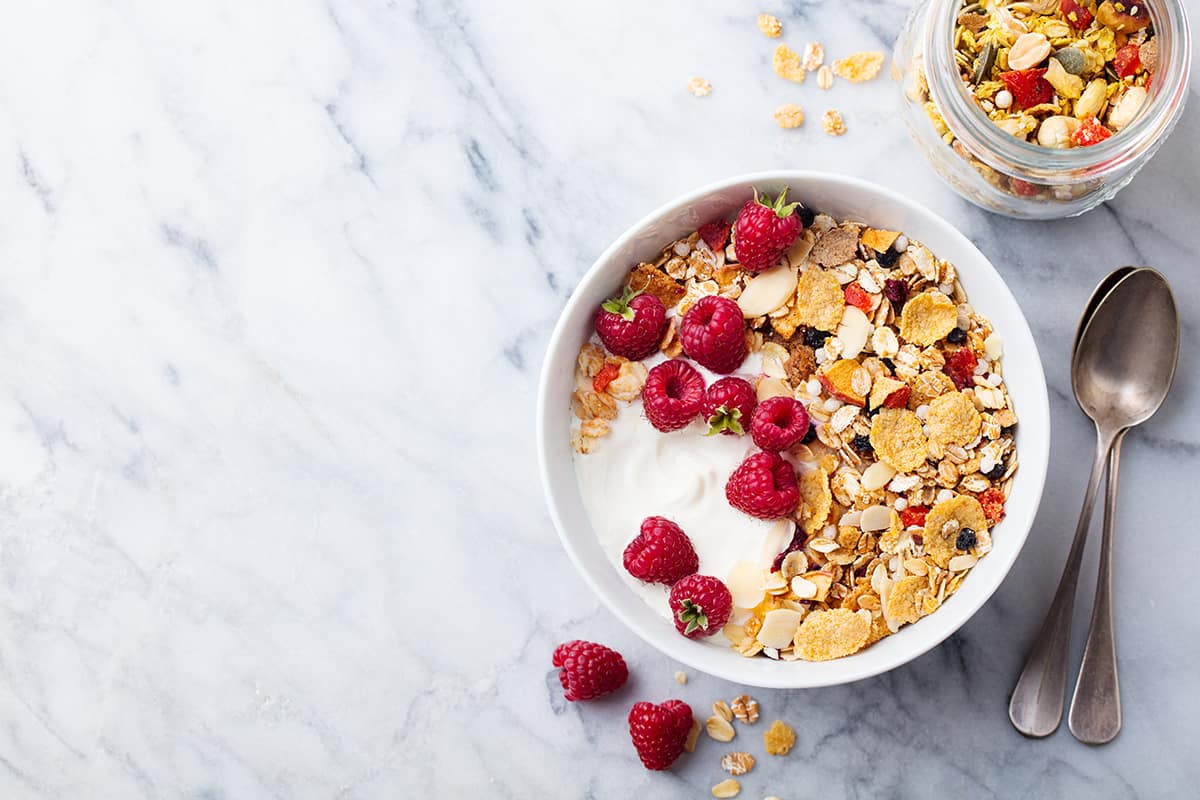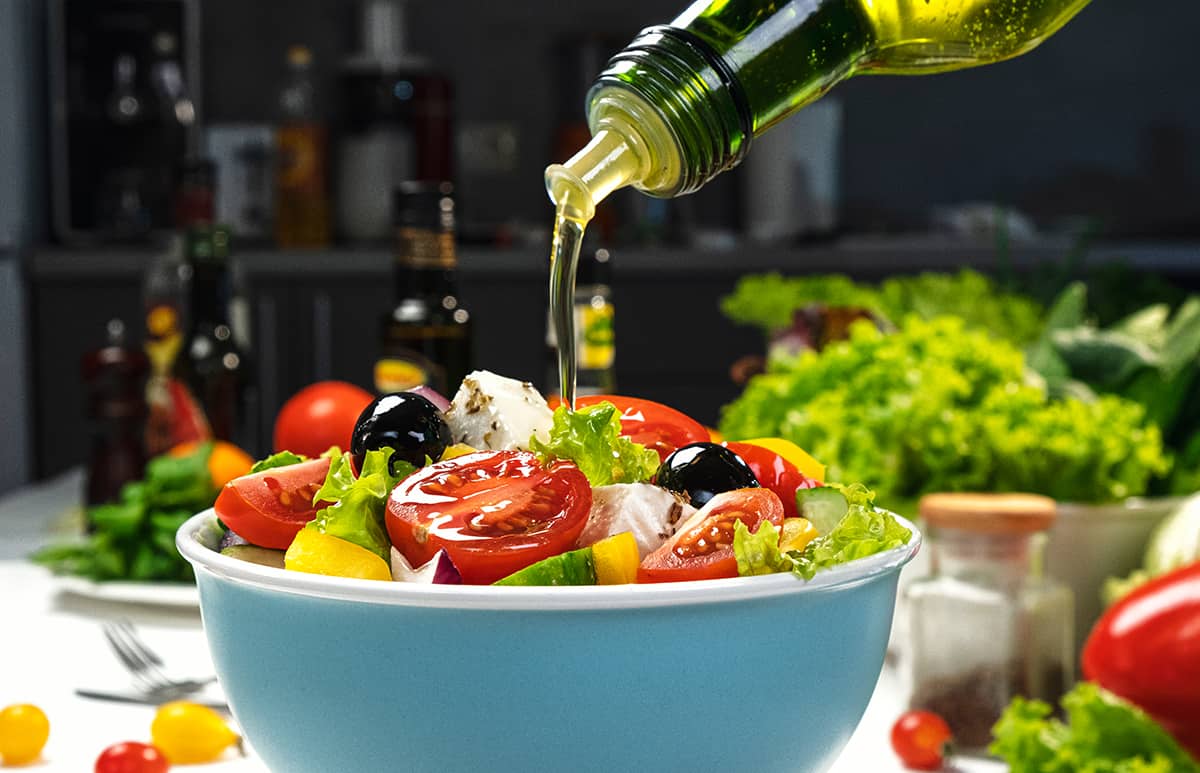Whether you’re working with cookie dough or bread dough, a key piece of equipment is the dough mixing bowl. So how big should your mixing bowl be? Well, that all depends on how big the batch of dough is which you are making, but if you are choosing from a selection of available dough bowls in your kitchen cupboard, then the best choice is usually the largest.
This is because it will allow enough space for you to mix your wet and dry ingredients without flour flying over the edge of the bowl and making a mess, and it will also provide you with the space to get your hands involved in the dough for mixing and kneading.
Here we will look at various sizes of dough mixing bowls available and the best types for particular baking activities.
Dough Mixing Bowl Depth

Most types of dough mixing bowls will have a depth of between three and eight inches. If you will be whisking ingredients to make cake batter or cookie dough, then deeper is obviously better.
This is because loose ingredients have a habit of flying out of the bowl when you whisk them rapidly, and a deep bowl will prevent any of these stray bits of food from ending up outside of the bowl.
This saves on mess so that you don’t have as much cleaning up to do afterward, but by ensuring that all ingredients stay in the bowl, you will be helping to keep your measured ingredients precise.
If you lose too much flour, for example, when whisking, then you may need to add more to your dough to get the right consistency, but you won’t be able to tell exactly how much you need to replace.
If you are making small batches of dough, then a more shallow dough bowl may suffice, but if in doubt, always go deeper.
Dough Mixing Bowl Diameter
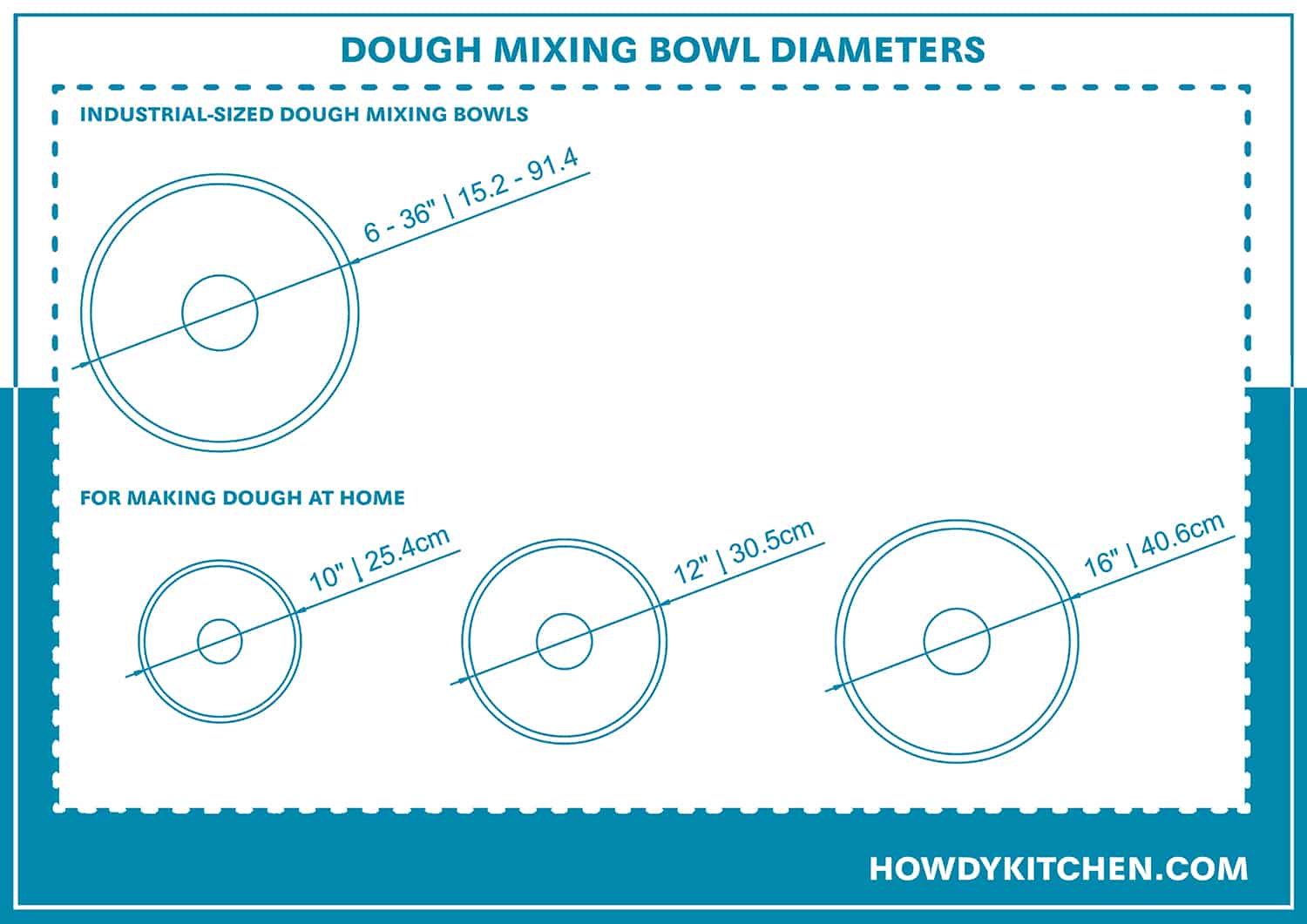
Most dough mixing bowls are round, but there are also a large amount of oval mixing bowls available. Either works well; it is purely down to personal preference.
The diameter of a dough mixing bowl can vary from anywhere between 6 and 36 inches for industrial-sized dough mixing bowls. For making dough at home, the maximum size of mixing bowl you will need is 16 inches in diameter, with the most common sizes of mixing bowl coming in at between 10 and 12 inches in diameter.
Dough Mixing Bowl Materials
Mixing bowls can be made from different materials, and what they are made from will affect what they are best used for, as well as price and durability.
Glass
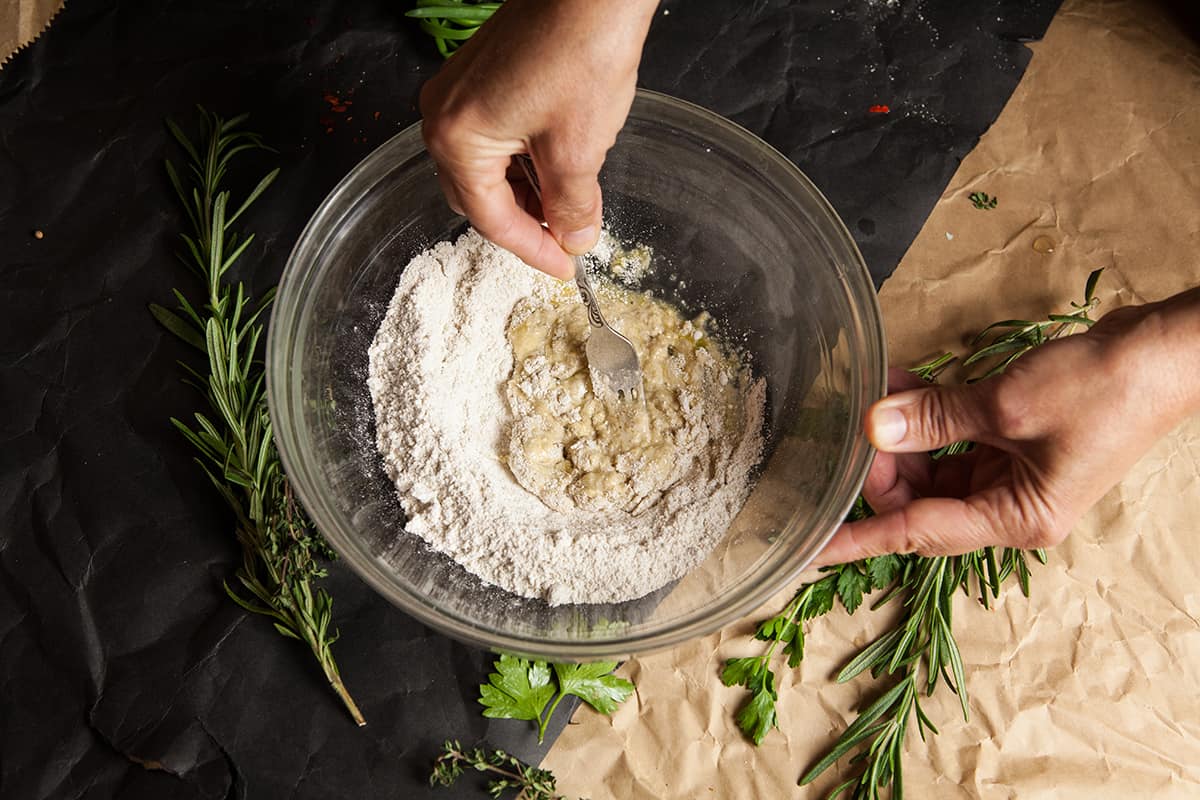
If you are using a glass mixing bowl for dough, then it should be tempered glass as these are much more resistant to breakages compared with other types of glass. As glass is a non-porous material, it makes it great for making bread dough because you can leave the dough to rise in the bowl with no risk that it will absorb any flavors hanging around from previous recipes.
The added bonus of a glass mixing bowl is that it can be used in the microwave, therefore making it a versatile piece of kitchen equipment for warming up food or melting chocolate and butter for other baking recipes. Glass mixing bowls are heavy, which add to their appeal for bakers.
Stainless Steel
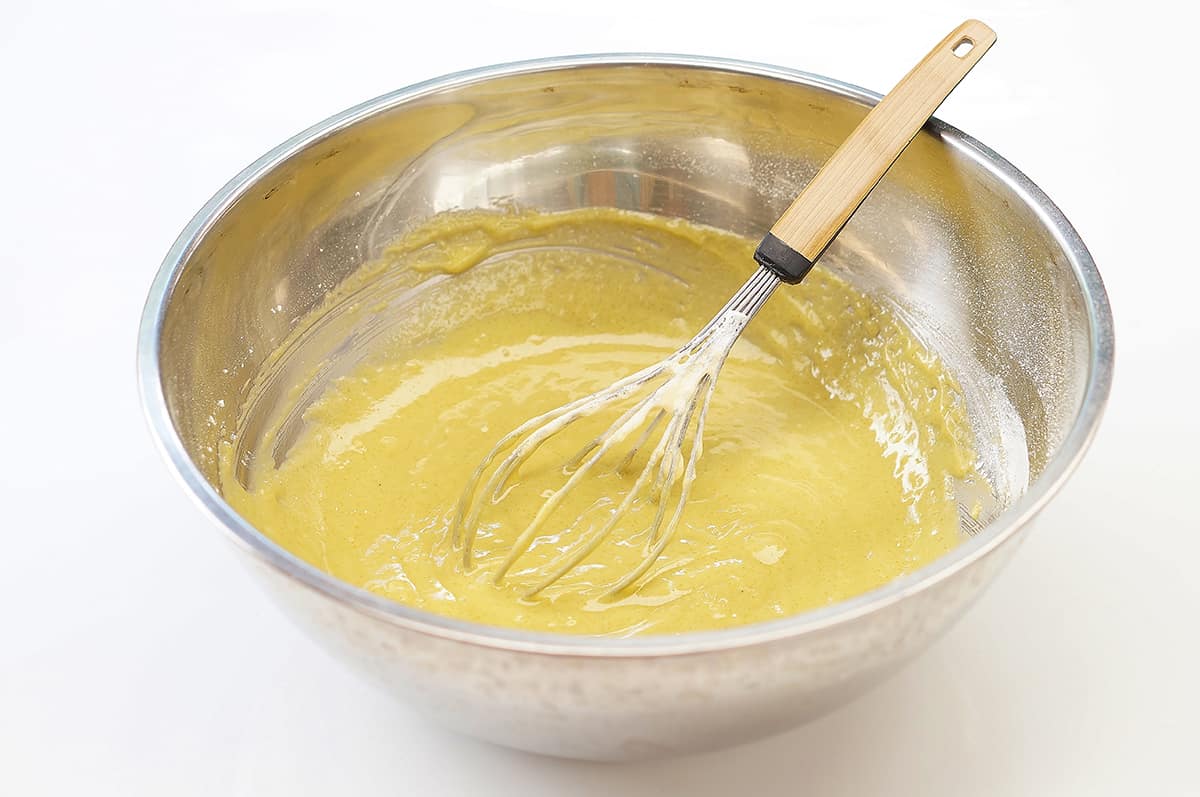
Stainless steel is virtually unbreakable, which makes it a good option for a dough mixing bowl because it will last for a long time. Like glass, stainless steel is non-porous, so perfect for allowing bread dough to proof.
Stainless steel mixing bowls are typically more lightweight compared with glass and ceramic bowls, which can be great if you struggle with heavy items, but actually, a heavyweight mixing bowl can make mixing ingredients easier because it is less likely to slide around on the countertop.
One drawback of stainless steel mixing bowls is that they cannot be used in the microwave, but this won’t be a factor if you only want to use it to mix dough.
Ceramic
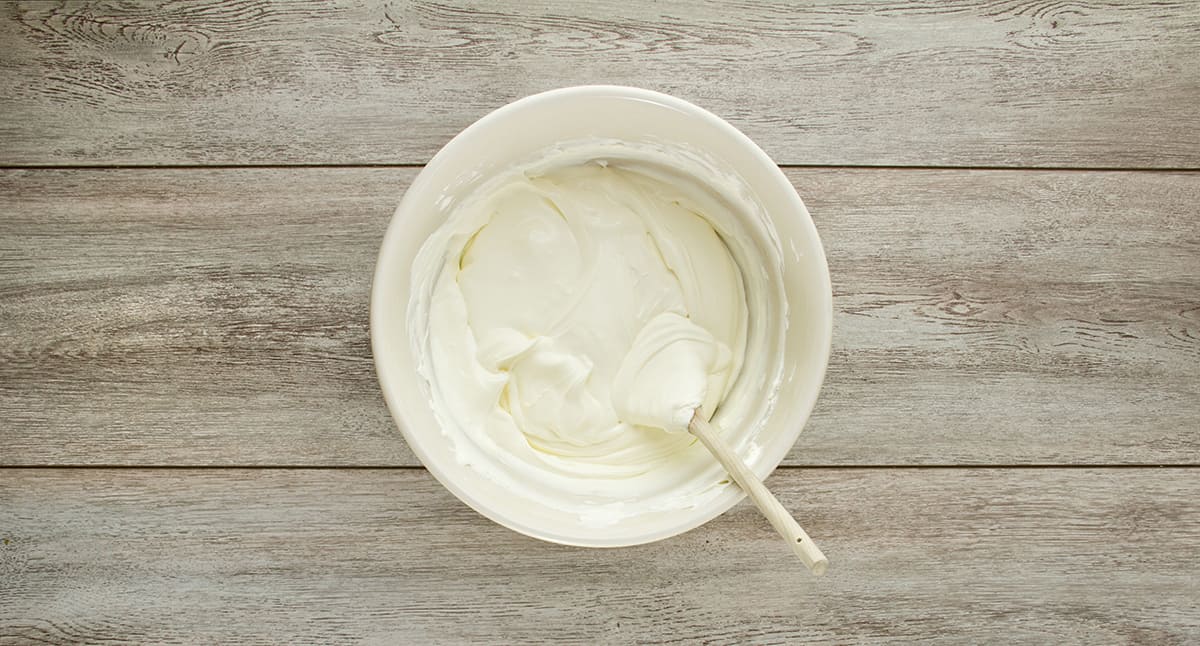
Ceramic mixing bowls offer a more traditional way to bake bread and cakes and give the user a country cottage feel in their kitchen. The biggest issue with ceramic mixing bowls is that they are easier to break than stainless steel and tempered glass and are liable to shatter into pieces if accidentally dropped.
These types of bowls are usually quite decorative with a farmhouse style which can be appealing to many people. Ceramic mixing bowls are a substantial weight, which can be a benefit when mixing or kneading doughs as it gives the baker more stability and prevents the bowl from slipping around on the kitchen surface.
Plastic
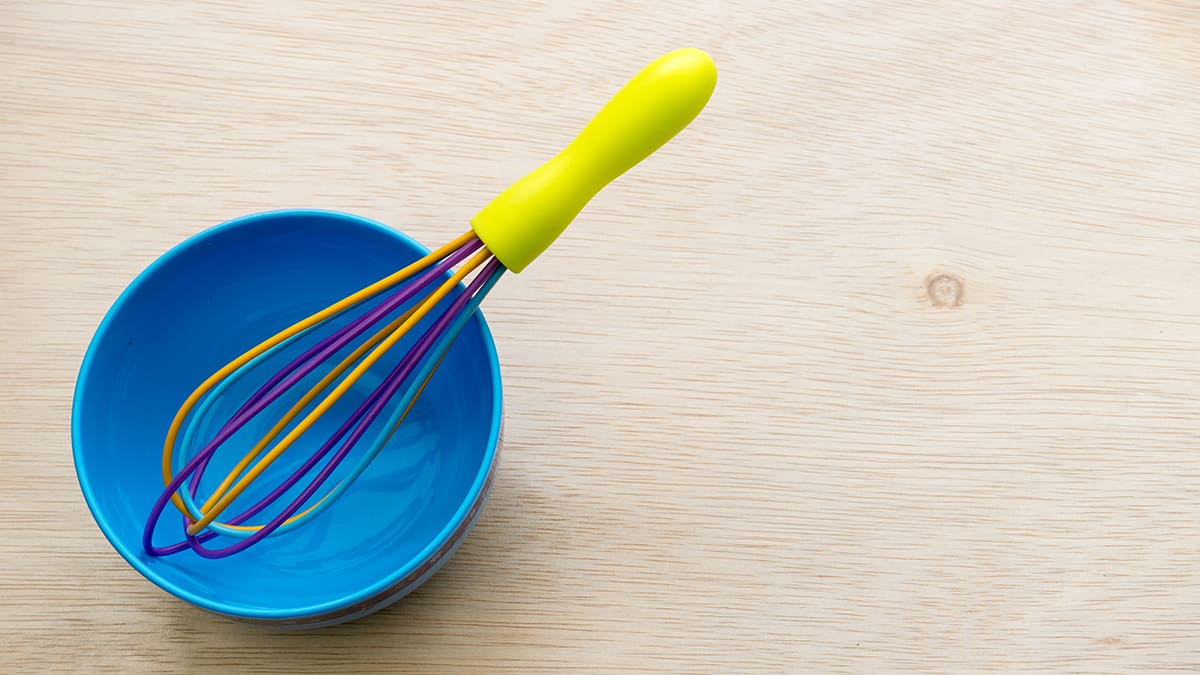
Plastic mixing bowls do not offer longevity because they can become easily misshaped or cracked, but they do win the prize for most affordable mixing bowl. If you are an infrequent baker and don’t want to spend a lot of money on a mixing bowl, then a plastic version represents a good option.
Plastic mixing bowls are lightweight, which means they can double up as a serving bowl for outdoor grills, as they will be easy to transport to the backyard and are safe around children because they won’t smash if dropped. This makes them a versatile option for you to make cold pasta dishes or salads in.
Plastic mixing bowls are porous, which means they can take on the color or flavor of ingredients you have used in the past. If you are letting bread dough proof in a plastic bowl, then it could take on the taste of past recipes, especially if you have used strong flavors in the bowl previously, such as garlic or chili.
Plastic bowls are not expected to last for a long time, and they are inexpensive to replace. This could make them a good option for baking with children because you won’t be worried about the bowl getting damaged or shattering and harming the child.
